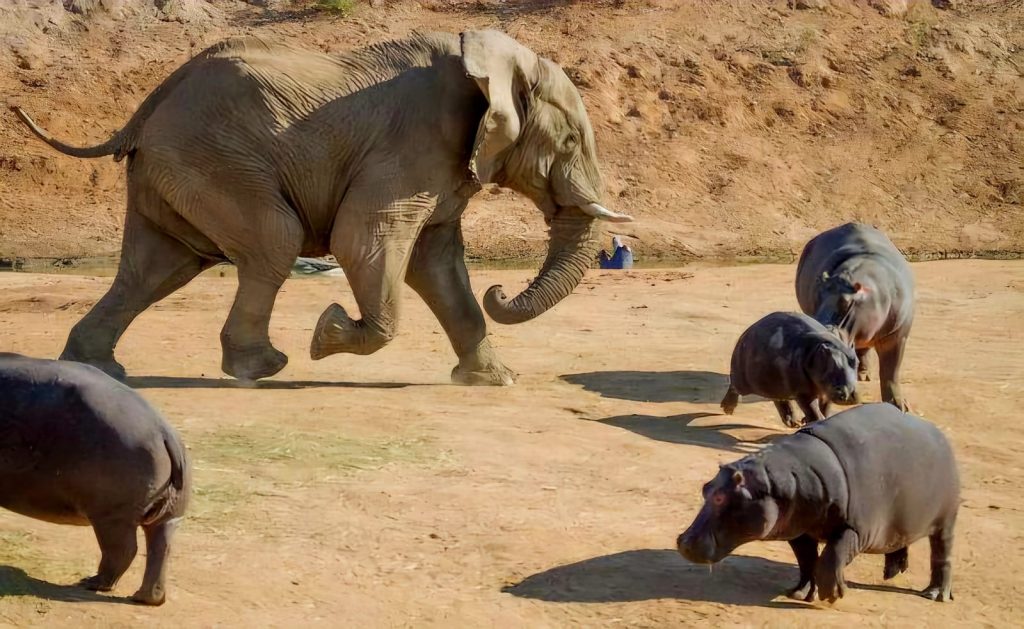In response to a severe and prolonged drought, Namibia’s government has decided to cull over 700 animals from its national parks. The Ministry of Environment, Forestry, and Tourism announced that this measure is intended to reduce the strain on limited grazing resources and supply much-needed meat to vulnerable communities affected by the drought.
The culling operation will involve 83 elephants, 30 hippos, 100 elands, and 300 zebras, specifically targeting parks where wildlife populations remain sustainable. The government emphasized that the decision was made after careful consideration, aiming to prevent a potential ecological disaster and further hardship for local communities.
Addressing the Drought Impact
Namibia’s vast wildlife reserves have been hit hard by a drought that has dried up water sources and decimated vegetation. This has led to increased competition among animals for the scarce resources, threatening the survival of various species and the livelihood of communities dependent on these ecosystems.
Environment Minister Pohamba Shifeta noted that the culling, though controversial, is essential to manage the current crisis. He highlighted that the goal is to preserve the remaining wildlife and support those communities most affected by the drought through the distribution of meat from the culled animals.

Balancing Conservation and Community Needs
The meat from the culled animals will be distributed to rural populations facing food shortages. The Ministry will work with local authorities to ensure that the distribution is fair and reaches those in dire need. This approach reflects Namibia’s broader strategy to balance conservation efforts with the immediate needs of its population, especially under the pressures of climate change.
Future Implications
While the culling decision is not without controversy, it underscores the tough choices Namibia must make as it grapples with environmental and humanitarian challenges. The outcome of this initiative could shape future wildlife management and conservation strategies in the region as Namibia continues to adapt to an increasingly unpredictable climate.

